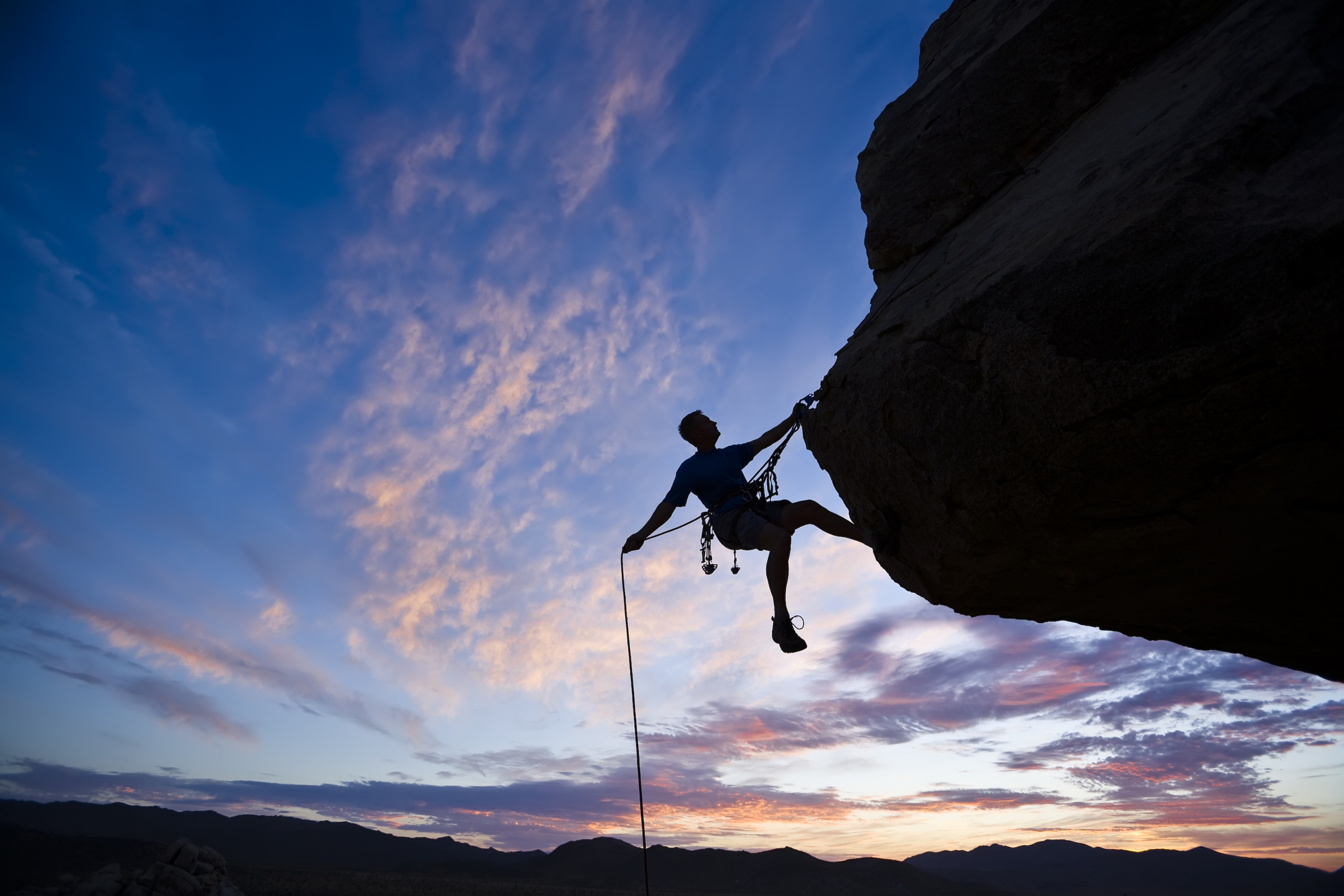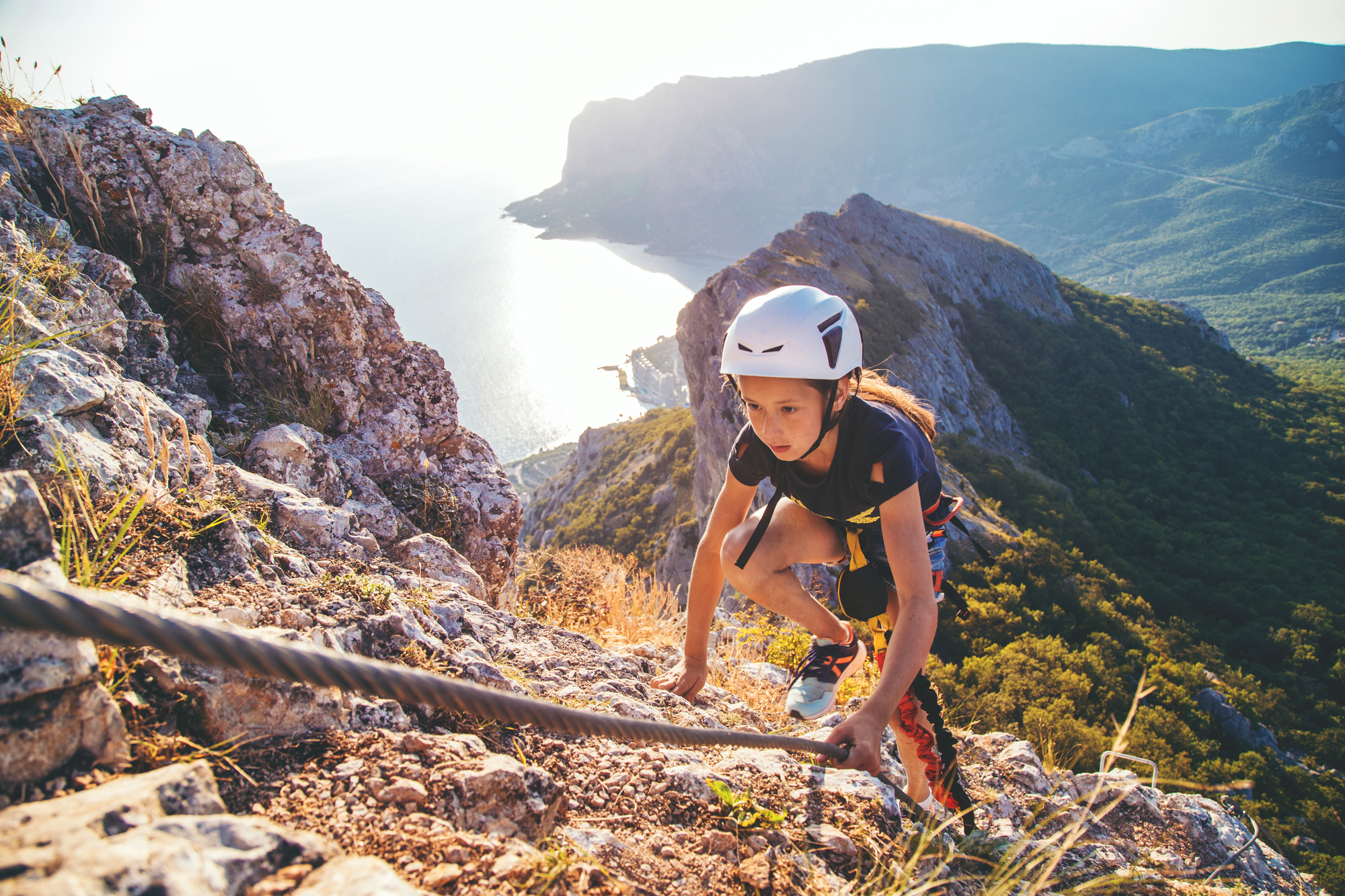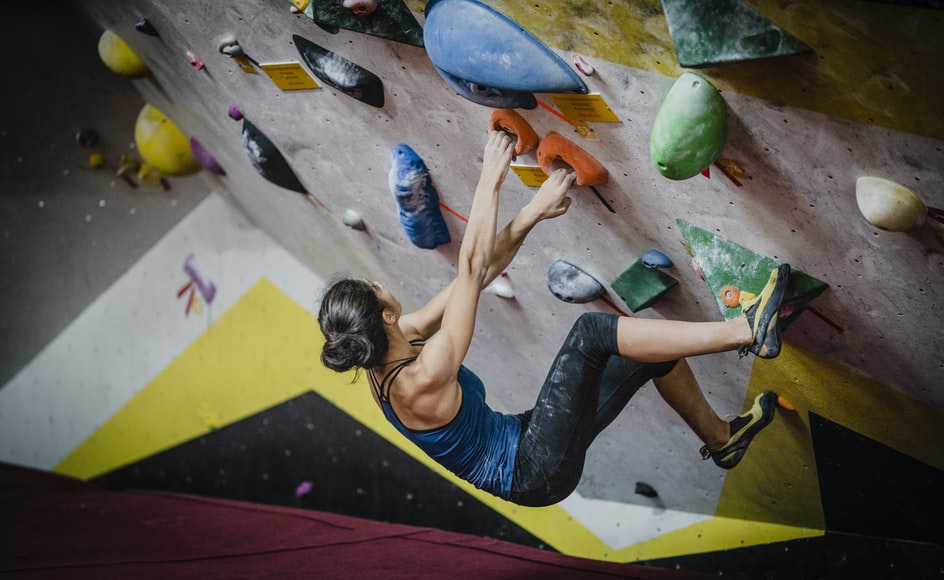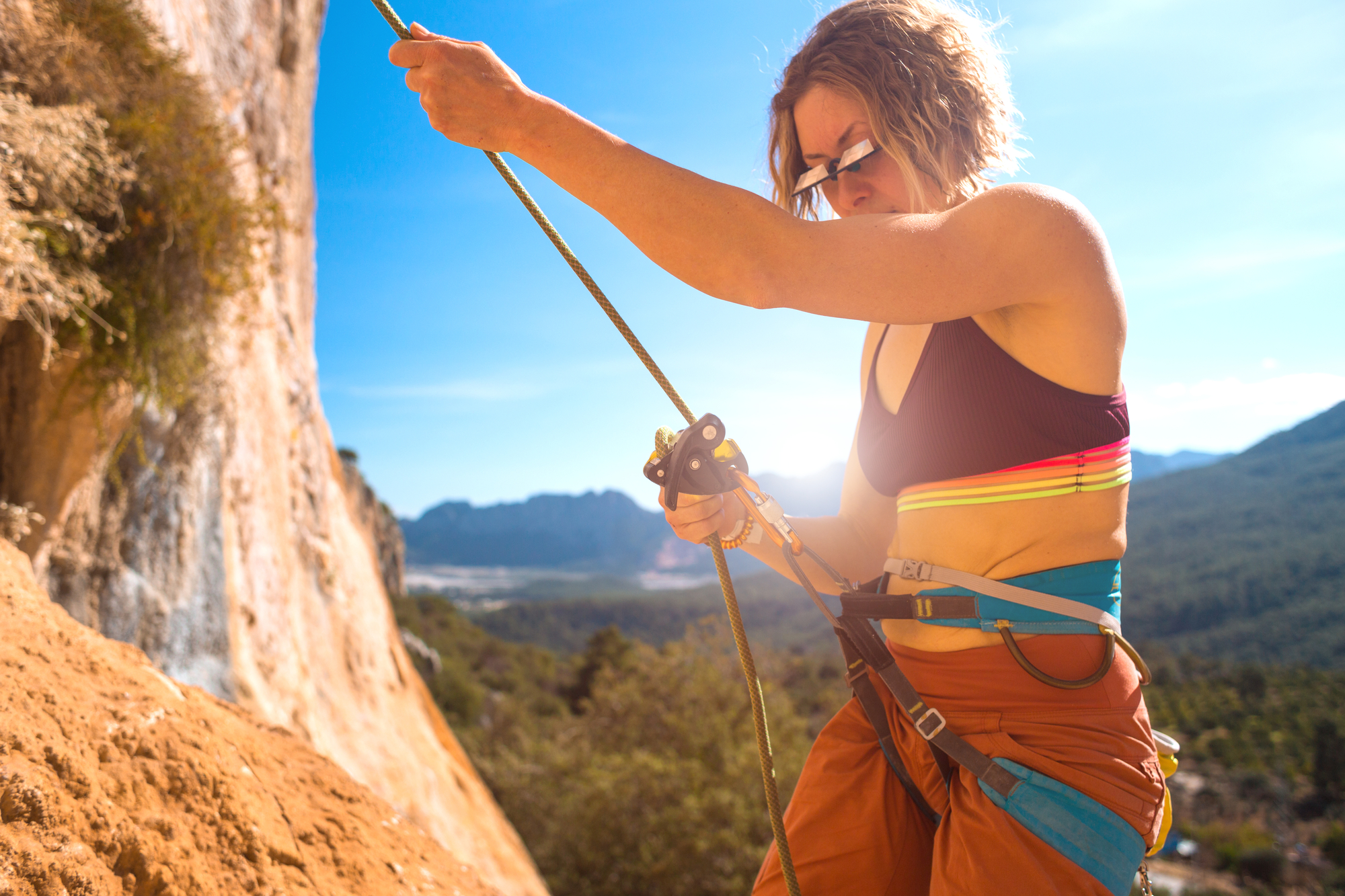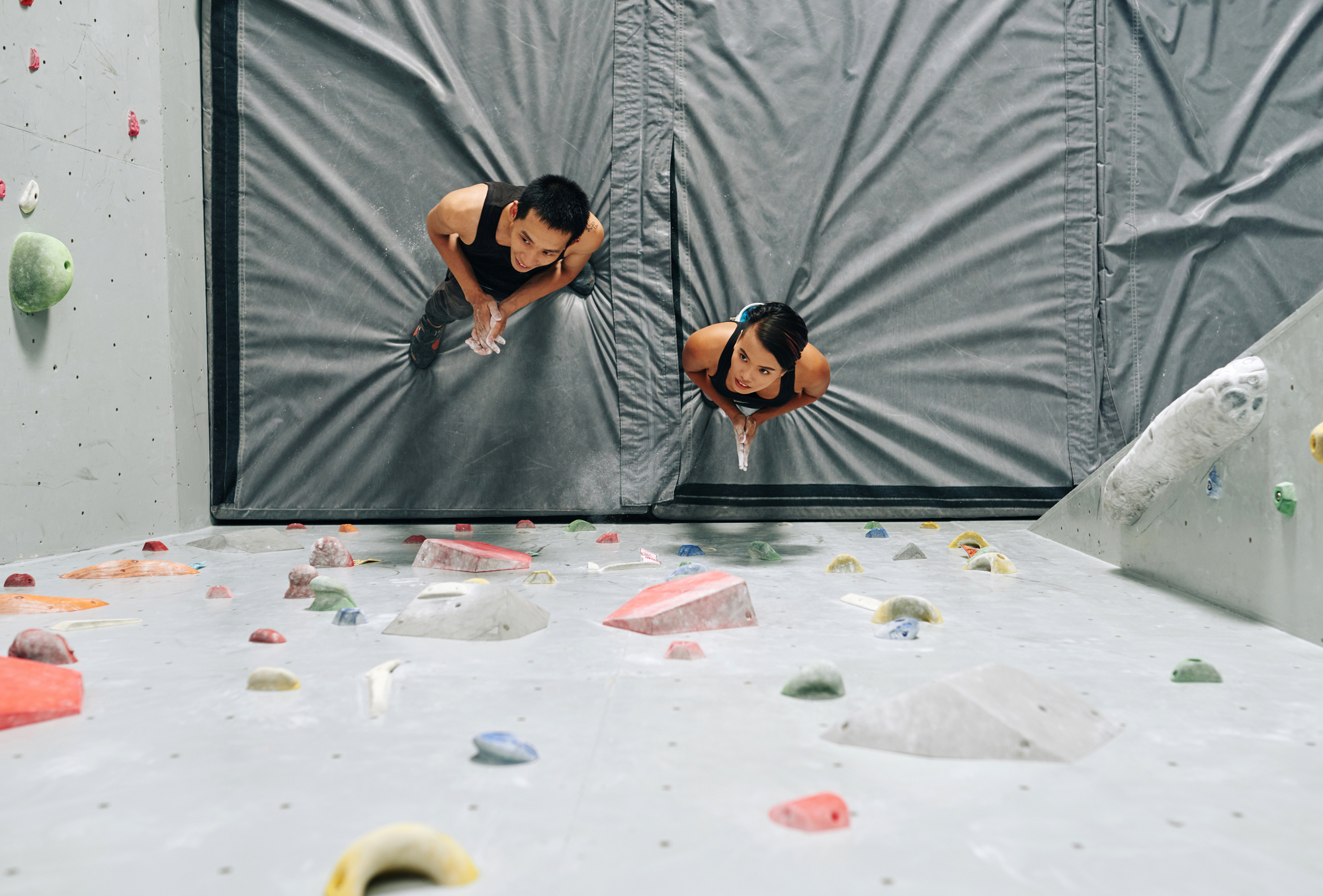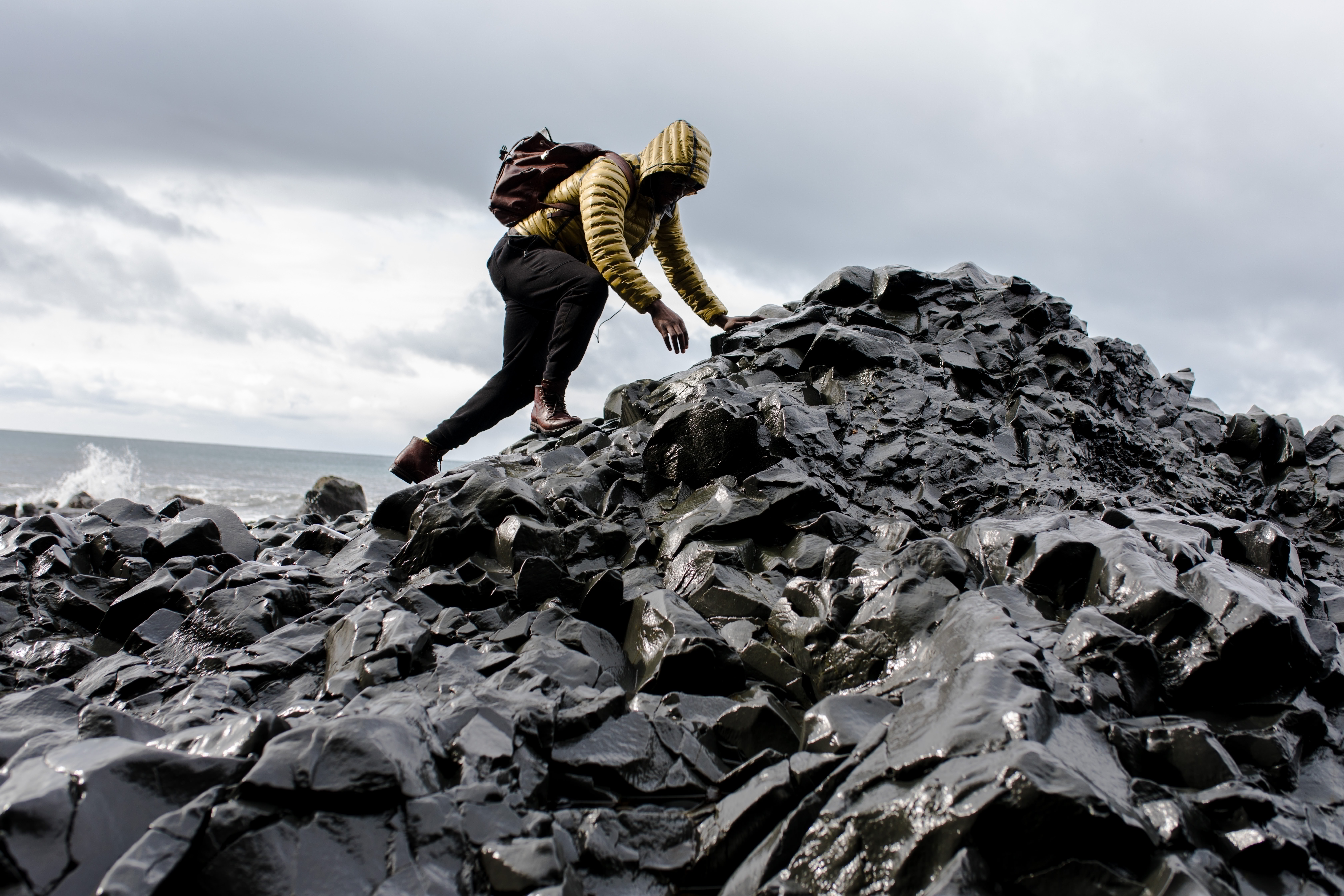Everyone knows that rock climbing is great for a whole-body workout. Rock climbing engages every major muscle group in your body as well as smaller groups that don’t normally get exercised such as your wrists and fingers.
The problem starts when you don’t use the right form when rock climbing. Improper form can cause muscle imbalance because of the uneven exercise that your muscles are getting.
When you have a muscle imbalance, it can hamper your climbing experience and even lead to injuries over time.
But what exactly causes muscle imbalance and how can you avoid it?
Let’s find out!
What Damage Can Muscle Imbalance Cause?

Novice climbers quickly build and tone their muscles, especially as they progress in their climbing journey. However, if you use an improper form from the beginning, you’re more likely to develop a muscle imbalance in your torso and legs.
For example, during climbing, you might notice that one of your shoulders feels more strained and tired than the other. This is a good sign that you’ve developed unbalanced shoulder strength.
Muscle imbalance can cause a range of injuries such as muscle strain, tendonitis, and rotator cuff injuries. Eventually, you’ll also notice that you’re experiencing constant neck and back pain.
Correcting Muscle Imbalance

The first step to correcting your muscle imbalance is identifying them. If you have any past injuries, the injured area is at greater risk for muscle imbalance. Take note of your muscles when climbing; do any of your muscle groups feel particularly strained or tired? These could also be signs of a muscle imbalance.
When you find a muscle imbalance, the first step you should take is to correct your form. Remember, it was an improper form that most likely caused your muscle imbalance.
Your next step is to improve your overall strength while focusing a bit more on the affected muscle group. Make sure that when you exercise, you’re bringing up the strength of the affected muscle group to your base strength.
It’s best to work with a trainer who is knowledgeable in strengthening and conditioning. They know which exercises work best for specific muscle groups. What’s more, they can immediately correct you if you’re doing the exercises incorrectly.
Best Exercises for Correcting Rock Climbing Muscle Imbalance
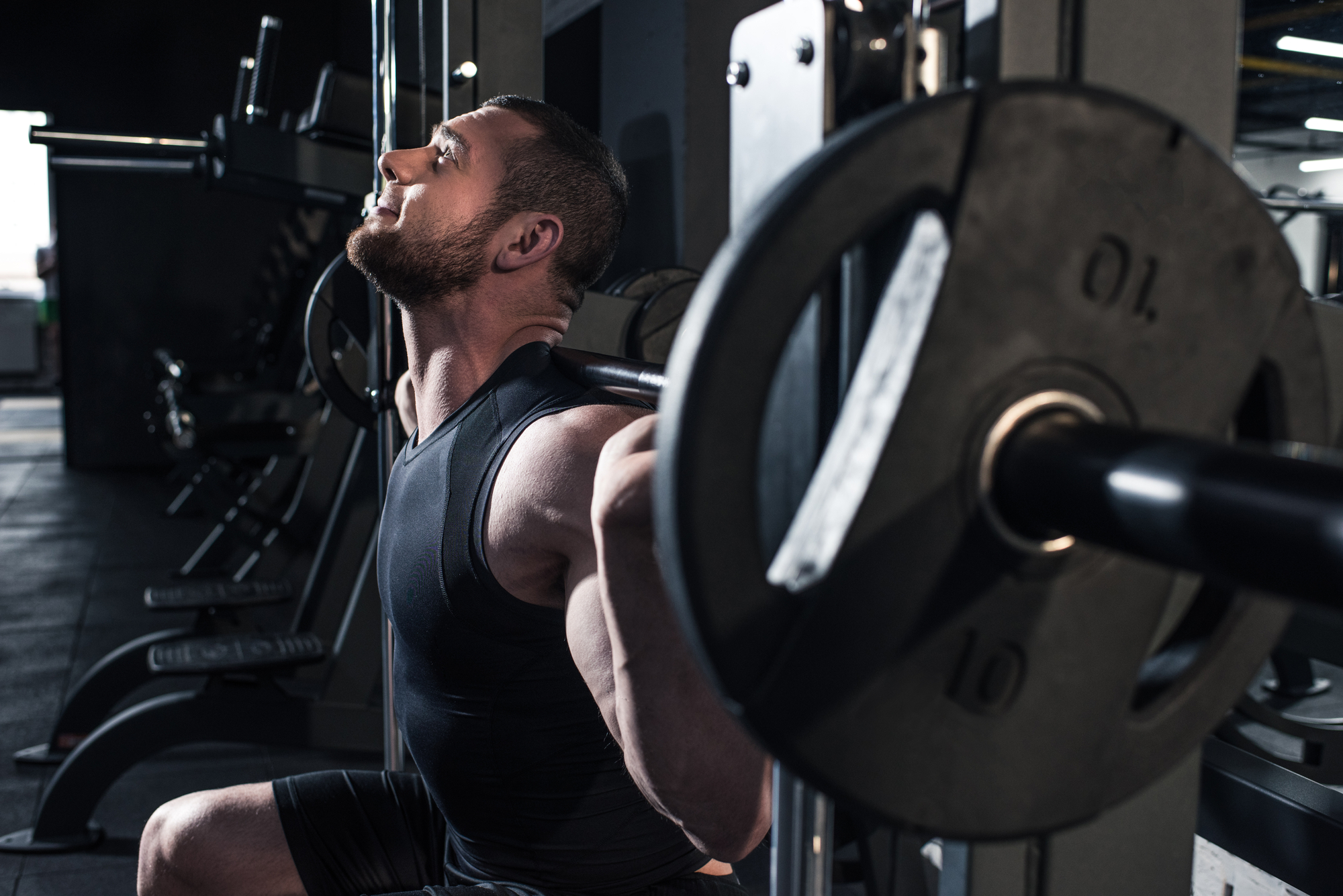
Shoulders
Perform strengthening exercises for your shoulders that are similar to the pulling motions you perform when rock climbing. These will target your shoulder muscles. Some great examples include bench presses, military presses, and shoulder raises.
Begin with three sets of eight, with twelve repetitions. The American College of Sports Medicine recommends that you perform these exercises at least twice weekly. Make sure that you stretch your shoulder muscles after exercising to prevent tightening or strains.
Arms
Given the repetitive pulling motions in rock climbing, you need to develop balanced muscle strength in your arms. You also need strong arm muscles when you are hanging on a ledge. Bench presses, pushups, and tricep pushdowns are great exercises for developing your arm muscles. You can also include reverse wrist curls to strengthen your wrists.
After every exercise session for your arms, don’t forget to stretch your arms and wrists. For your arms, moving them in a windmill motion can help loosen them. For your wrists, move them up, down, and in a rotating motion.
Chest
One of the most common complaints that rock climbers have is the hunchback posture. Tight chest and back muscles can cause you to naturally hunch forward to compensate for the pressure in your torso.
Exercises that focus on your pectoral muscles can help relieve tightness and prevent the hunchback posture. Chest flies, bench presses, and pushups are effective exercises to loosen and strengthen your chest muscles.
After chest exercises, you should loosen your muscles to prevent them from tightening up. Stand or sit with your back to a wall, making sure that your whole back is pressed flat against the surface. Bend your elbows to shoulder height, placing the back of your hands against the wall. You should feel a deep stretch in your back and chest muscles. Keep this posture for 30 seconds before relaxing. Repeat the stretch three times.
Legs and Core
Do you know how there’s an ongoing joke about gym-goers having leg day? Well, the same holds true for many rock climbers! Rock climbers can ignore lower body strengthening exercises. Instead, they tend to rely on rock climbing to naturally strengthen their leg muscles as they progress during their climbs.
As a responsible rock climber, you shouldn’t neglect to strengthen your lower body. Exercises such as squats and deadlifts are fantastic ways to increase leg strength. You shouldn’t forget to strengthen your ankles either; calf raises should always be part of your exercise routine.
Conclusion
While rock climbing is a whole-body exercise, you can easily cause a muscle imbalance if you don’t use the proper climbing form or you don’t invest in strengthening exercises. Relying too much on your dominant side can cause a muscle imbalance since you’ll be using it for power during climbing.
There are two ways to avoid muscle imbalance. First, make sure that you are using the right form when climbing. Second, hit the gym! Strengthening exercises are a critical part of improving your rock climbing game.
Now, go work up a sweat!

